Excerpt from the book, Our Navy Days, By Joseph L Heinz In June 1945, the Navy delivered to our NATS VR-8 squadron, the world’s largest operational seaplane, the Martin MARS, and it also was the largest aircraft, until 1988, ever operationally flown. After many years in design and production, and setbacks, the MARS made her
Excerpt from the book, Our Navy Days, By Joseph L Heinz
In June 1945, the Navy delivered to our NATS VR-8 squadron, the world’s largest operational seaplane, the Martin MARS, and it also was the largest aircraft, until 1988, ever operationally flown.
After many years in design and production, and setbacks, the MARS made her maiden flight in 1943. She was tested and tested, and our squadron, VR- 8, did some testing in 1943, with Pat “Pappy” Byrne at the controls. In 1944, she was sent to VR-2 squadron in Alameda, California, for actual service testing time between Alameda and Honolulu. These were all very successful tests and in June 1945, the MARS was sent back to VR-8 in Patuxent for training of pilots for the new MARS, designated the JRM-1, soon to be coming off the production line at the Martin factory in Baltimore, Maryland.
I took my first flight in the MARS – her nickname was the “Old Lady” – in June 1945, a week after her arrival at Patuxent, and in July was checked out on instrument flying and as plane commander.
It is difficult to explain just how large this ship really is. One thinks the four-engine PB2Y’s we flew were really large. The “Old Lady” almost doubled the wingspan of the PB2Y’s, doubled the height, almost doubled the empty weight, and almost tripled the carrying capacity. Engine horsepower was 2,200 HP per engine, for a total of 8,800 HP – almost double the PB2Y’s 1,200 HP for each engine, for a total of 4,800 HP.
The “Old Lady” was used for training purposes at Patuxent and I was one of the flight and instrument check pilots.
In September 1945, the Navy transferred me on temporary duty to the Martin factory in Baltimore for a one-month training school in the new MARS JRM aircraft coming off the line at Baltimore. This course was specific to the JRM and included: the aerodynamics of the JRM; stall speeds and characteristics; the hydraulic system assist for tail fin, elevator, wing, aileron, etc. movements; and the engineering detail involved in the system and the handling of the aircraft in case of hydraulic failure. On a daily basis, we would tour the JRM’ s on the factory production floor to become familiar with its structure and put into place what we had learned in the classroom.
As an aside, the Navy quarters and classroom were temporary Quonset huts and no heat nor hot water were available. The morning showers at 5:00 a,m. were indeed a wakeup. We bunked in a Quonset hut and the showers were about 50 yards away from the hut, out in the open. No hot water – only cold. The weather in late September, early October, at 5 :00 a.m. can be and was quite chilly. We had no bathrobes, only shorts and T-shirts, and sometimes only a towel. So it was a 50-yard sprint to the shower, a shivering cold shower, a quick dry-off, and record 50-yard-dash speeds back to the cold hut for further drying off. To say the least, it was an invigorating experience.
We satisfactorily completed the JRM course in early September and returned to Patuxent to resume regular duty there. We continued on our regular overseas flights and continued flying the MARS on training flights with pilots whom the Navy was grooming to eventually fly the JRM’s on Pacific routes.
In October 1945, our squadron received the MARS JRM-l from the Glenn Martin factory. Our squadron would fly it some prior to sending it on to the VR-2 squadron in Alameda for its mission of flying cargo and personnel to Hawaii and beyond. Later in October, I received orders, along with other officers, to fly the JRM-l MARS to Annapolis, Maryland, in celebration of the One Hundredth Anniversary of the Naval Academy. Annapolis was a good place to showcase the Navy’s newest air transport aircraft. A Lieutenant Commander McDowell and I were assigned as pilots; other officers involved in the MARS program were along to assist in the program at Annapolis.
We docked the ship at the Academy for the week’s stay. It was a busy week, with all the Navy brass. The admirals, the four stripers, Secretary of the Navy James V. Forrestal (who replaced Frank Knox in 1944), and the Undersecretary were out in force. A senator from Maryland was also present. There was a lot of saluting going on. The big attraction for the weekend was the football game between Penn State and the Navy, and, of course, our display of the MARS; the world’s largest aircraft drew its share of traffic.
Ensign Willits, one of the officers in our crew, was desperate to get a ticket to the football game, but to no avail. That did not stop his ingenuity to see the game. Our ship was docked close by the football field. The ship’s vertical tail fin stood some forty-five feet in the air and had a built-in ladder going up the fin. Having exhausted all avenues for a game ticket, Willits climbed the tail fin and had a wonderful perch atop the fin watching the game.
Our quarters for the week were the Officers’ Quarters at the Academy, which were excellent.
I felt privileged and honored to be selected as one of a small cadre of Navy seaplane pilots to be entrusted with, and to captain the world’s largest aircraft. At the same time, it was, and one certainly felt it to be, a special responsibility in maneuvering this multimillion-dollar craft on water, in flying it, and, in general, using special care for this pride of the Navy air fleet. At the time, I was the youngest of the small group of lieutenants and lieutenant commanders – some with former airline experience and with much more aircraft flying time than I had – to be qualified to captain the MARS.
While at the Glenn L. Martin factory, I became acquainted with a Martin test pilot, Ed Edmunds, an Army 1 st Lieutenant. Ed and I became good friends during my duty at the Martin factory. Ed was testing for Martin, a twinengine B-26 Army bomber, which had a new type of experimental landing gear instead of the usual tricycle gear.
As aircraft were getting larger and heavier, requiring heavier landing gear, Glen L. Martin, producer of the twin-engine Army B-26 bombers, experimented with landing gear which would fold into the plane fuselage instead of into the wings, as the fuselage was able to carry heavier weight than could the wings.
Martin designed the XB-26-H, a B-26 airplane, modified with a main large single landing wheel in the fore of the fuselage and another main single landing wheel in the aft; it had a small wheel on each wing, retractable into the engine nacelle – only sufficient to balance the plane on the ground, such as wing floats on a seaplane balance it on water. The landing in this craft had to be done with the tail wheel touching first, then as the plane slowed on the runway, the front wheel would touch and the aircraft would balance on [he fore and aft wheels until speed was lost, when the wing wheels would keep either wing from touching the runway.
So, I asked Lt. Edmunds if I could fly the plane. “Sure, I’ll check you out in it.” was the response. Over the period of an hour, I made a half-dozen takeoffs and landings, flew the plane around the area for a bit, and had a full checkout in the plane. The landings were similar to the tail-first landings we learned in training. Martin never proceeded further with this landing gear concept, as the retracted main wheels occupied too much valuable inside cargo space.
While at the Martin factory, Ed also checked me out in the Douglas R4D twin-engine craft, which Martin was using to transport personnel.
The JRM -1 MARS, nicknamed the “Marshall MARS,” which our squadron had received and flown, was eventually sent to Alameda, California, VR-2 in February 1946. I was, by that time, discharged from the Navy. Subsequent to this MARS going to Alameda, the Marianas MARS, Philippine MARS, and Hawaii MARS were delivered to Alameda for service in the Pacific. The Caroline MARS – an improved version of the JRM-l, now designed as JRM-2 MARS – was delivered to VR-2 in May 1948. It was the last MARS built.
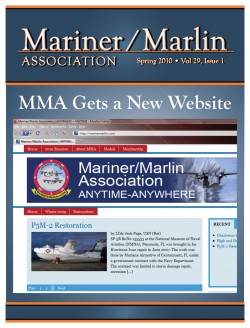 More articles are found in the Spring 2010 MMA Newsletter.
More articles are found in the Spring 2010 MMA Newsletter.
65 years later, plane crash haunts Mount Tam /Carl Nolte, San Francisco Chronicle
Sea Story / Joe Davis
A Bill Mouton Story / Robert B. Griffin Jr..
Ramp Accidents on the Sea / Lou Marrero
54B Operations in the Salton Sea / Dick Brodeurg
An Alternative to Vodka / Joseph L Heinz
Annual membership in the Mariner/Marlin Association entitles members to receive four issues of the Newsletter.
Click here to find out how to become a member.
2 comments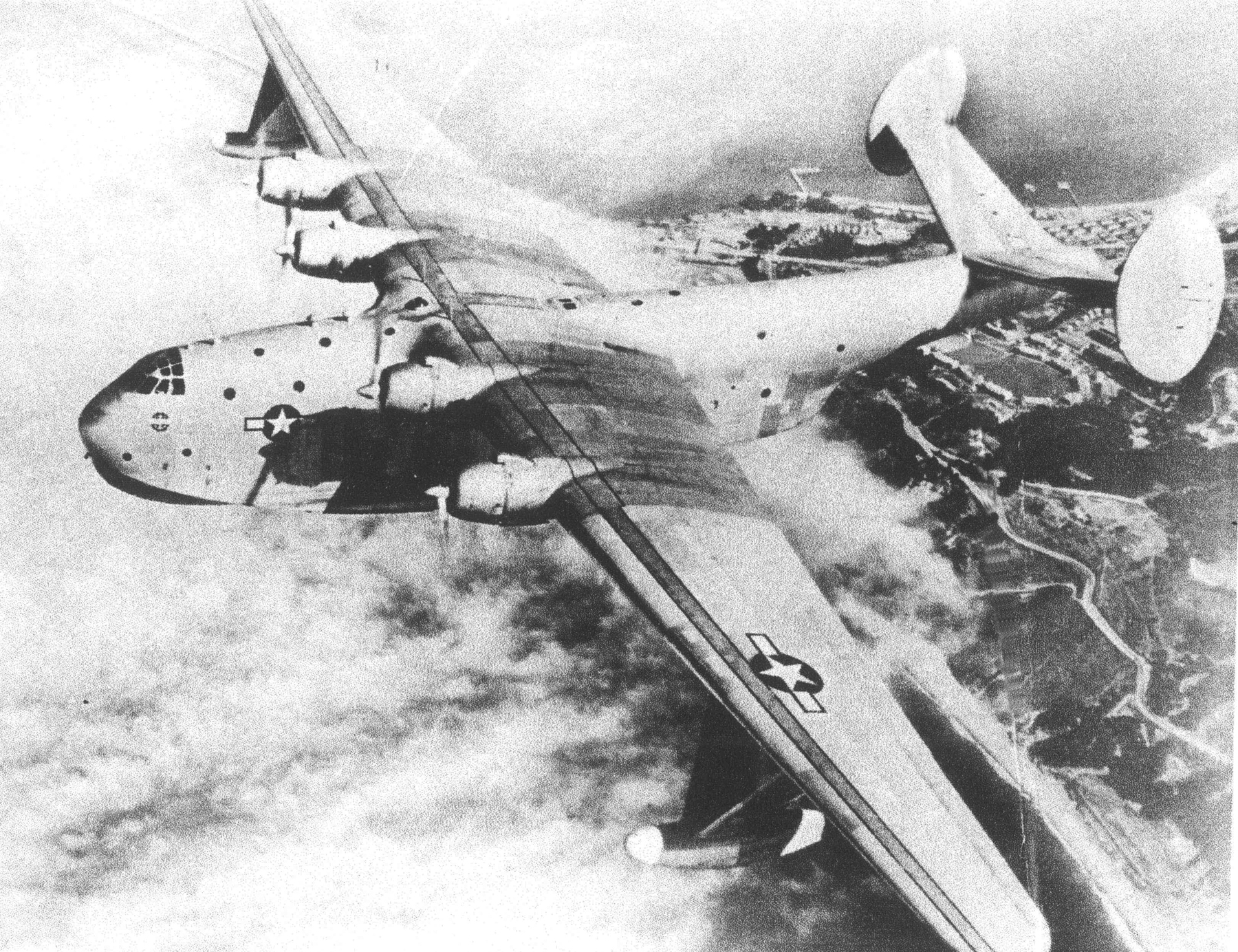
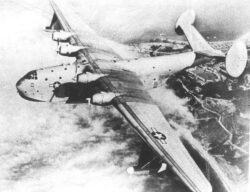
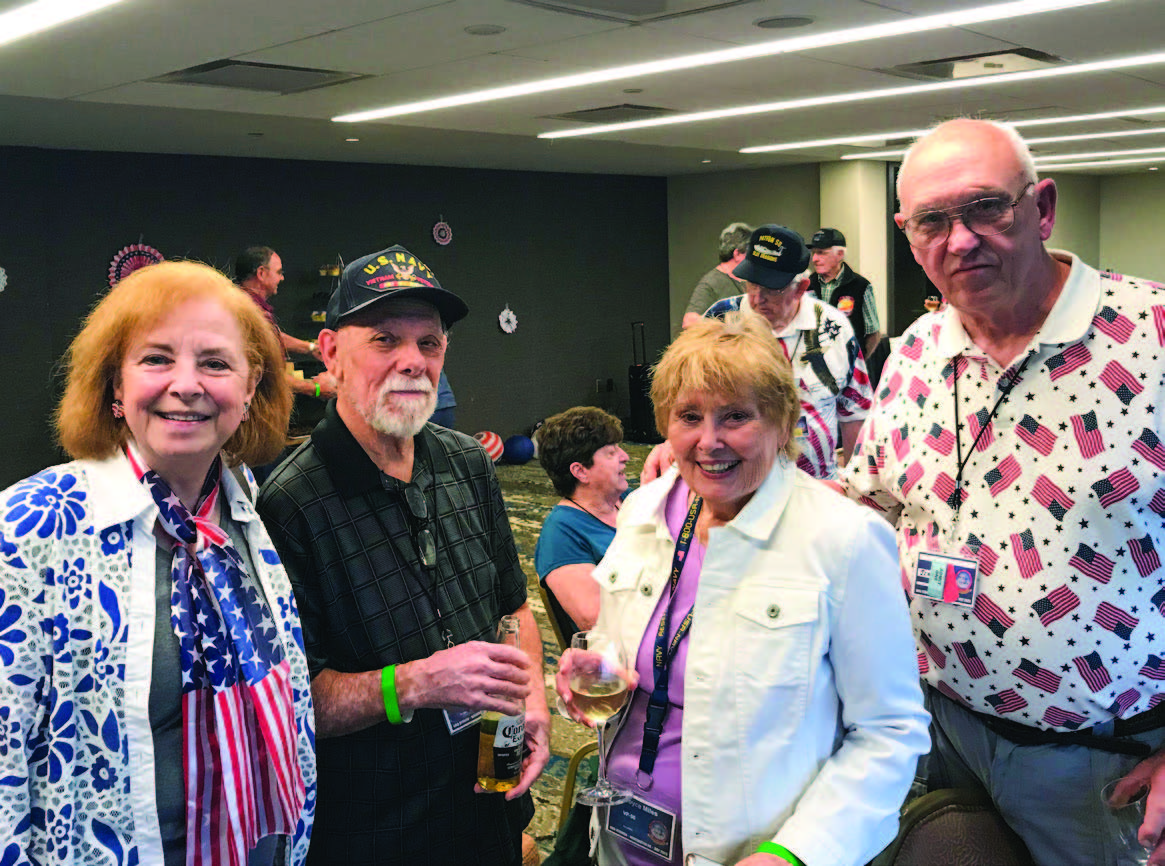
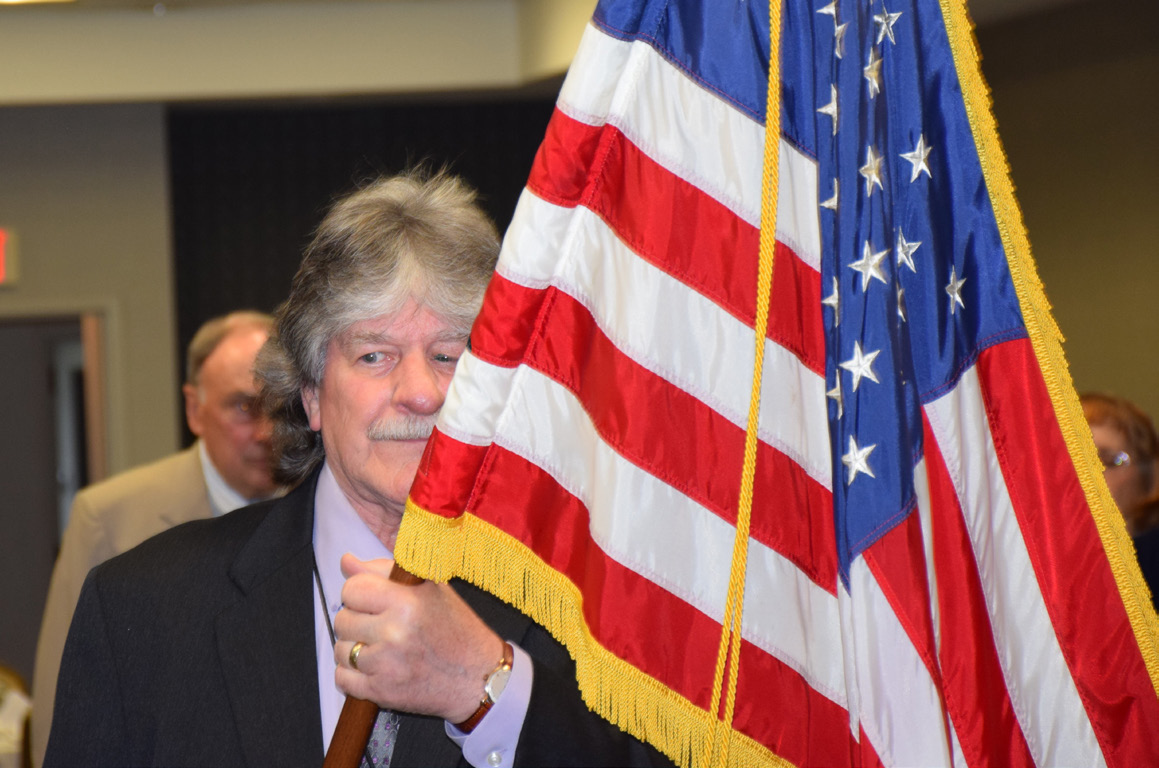
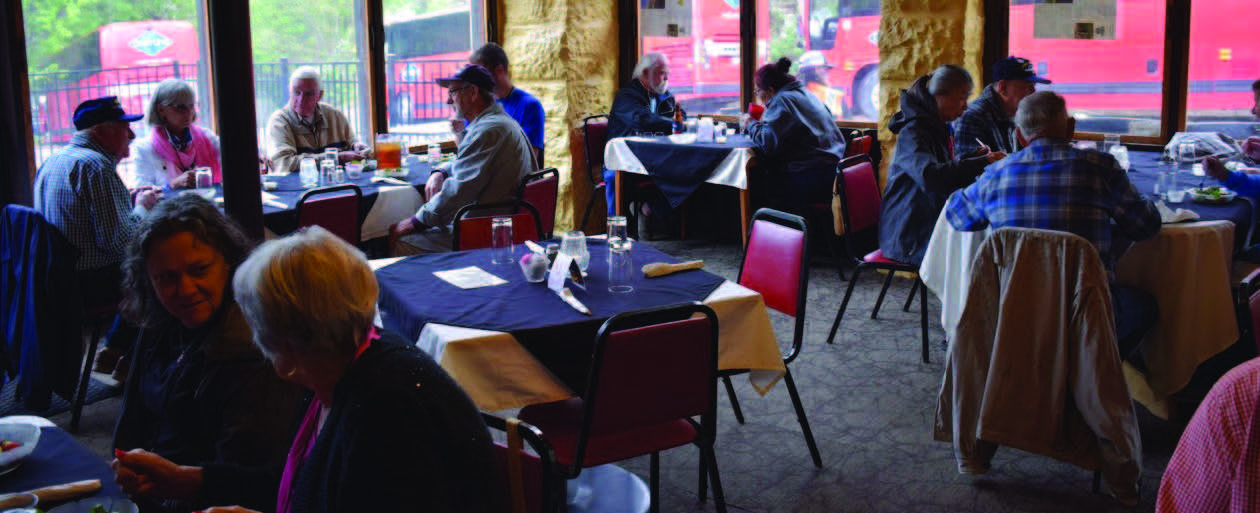

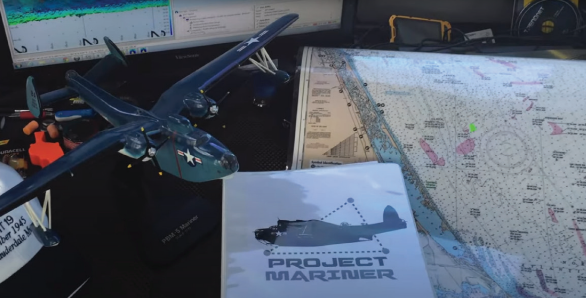

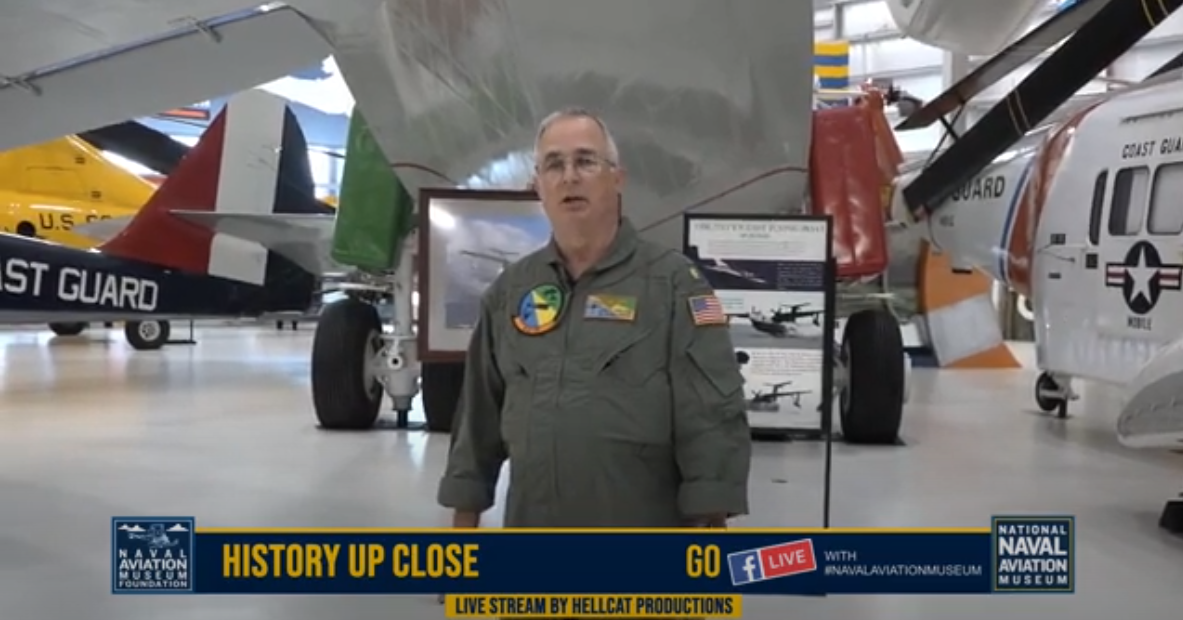
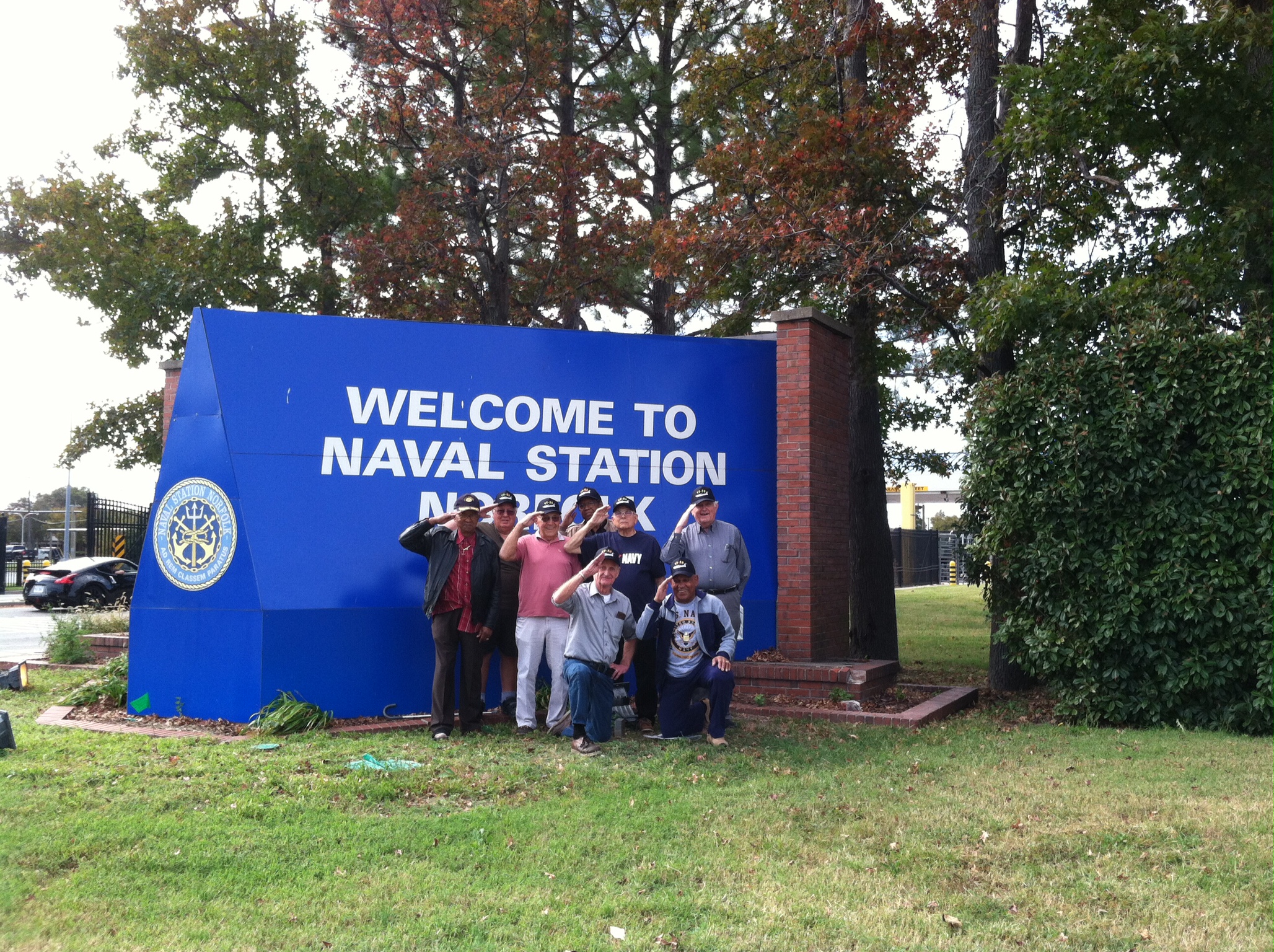
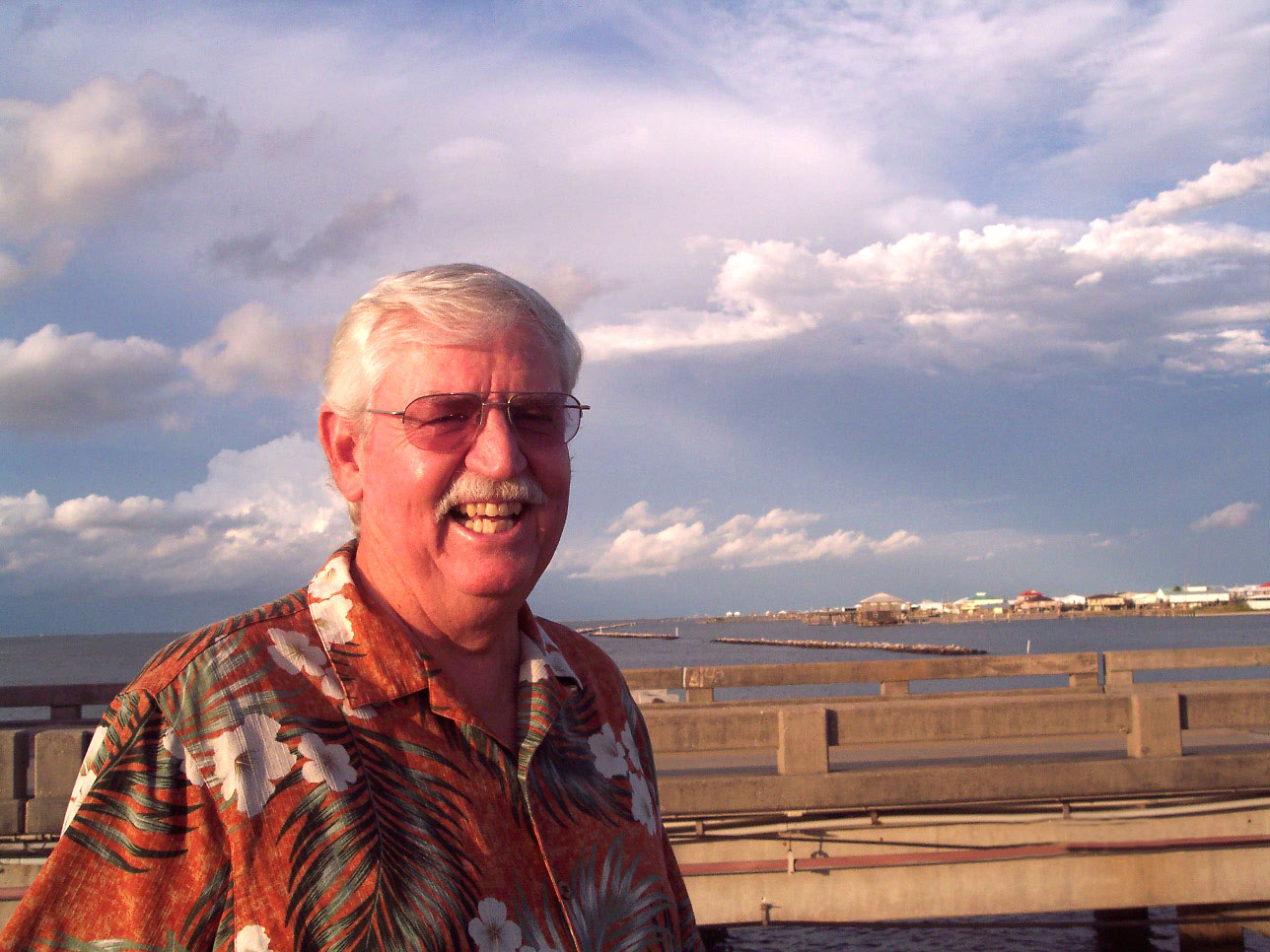
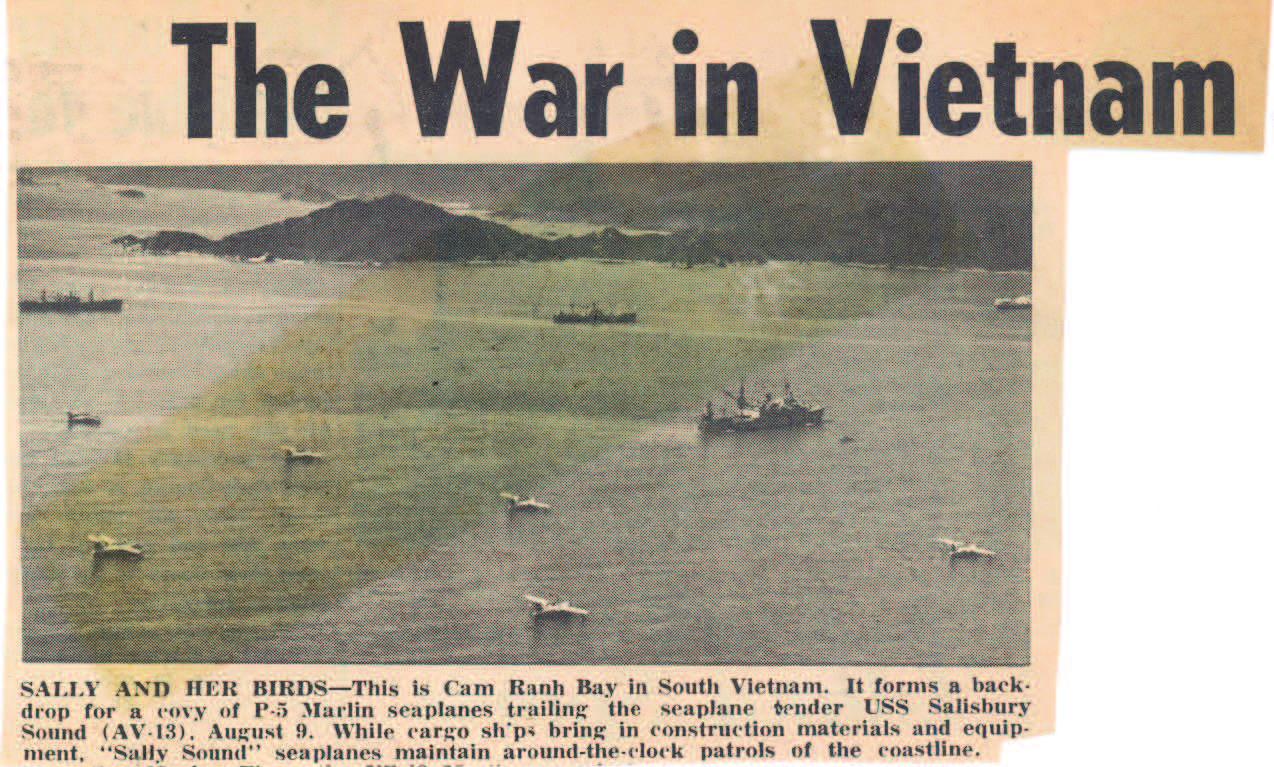
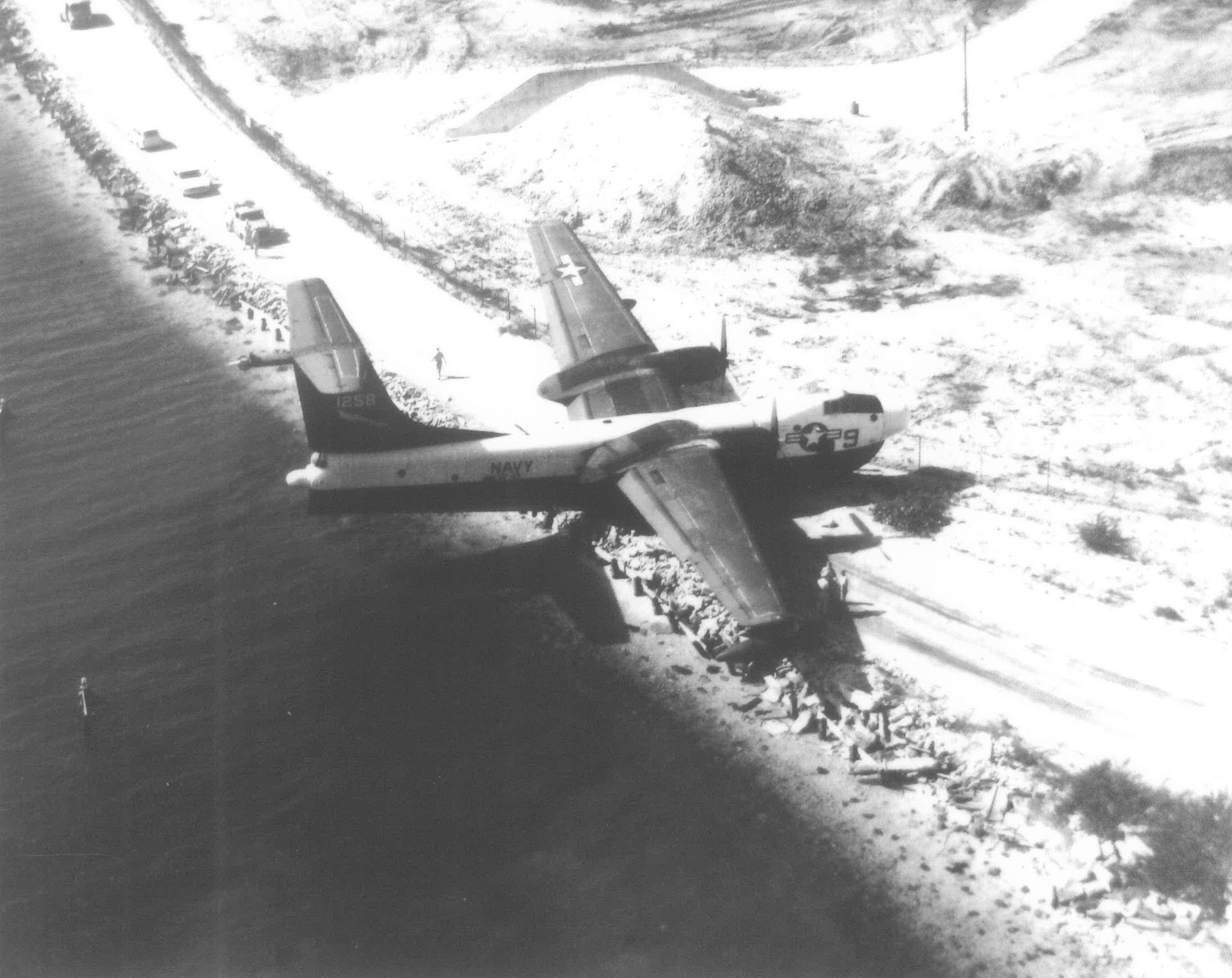
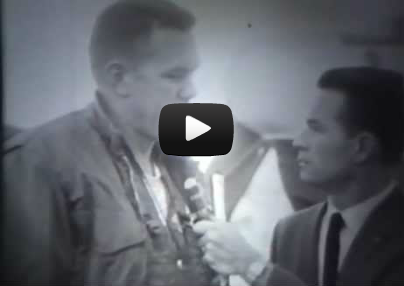
2 Comments
Andrew
February 8, 2014, 12:09Here is a Video that I filmed of the great plane
REPLYhttps://www.youtube.com/watch?v=uEUrjRKiEic
Dreddy75
February 2, 2016, 23:52The relations with the authorities (be it police or workplace workers) is the most problematic thing even though travelling across the Caucasus.
REPLY